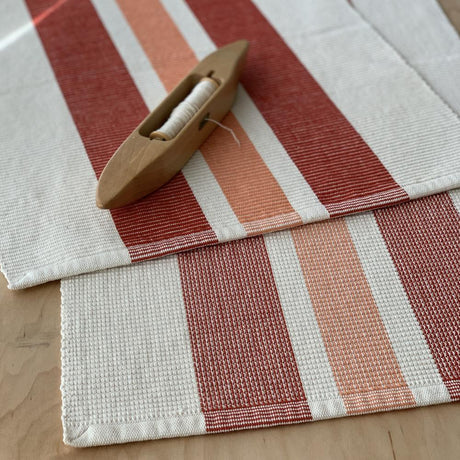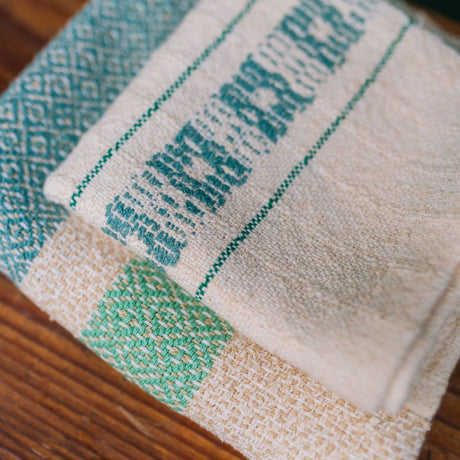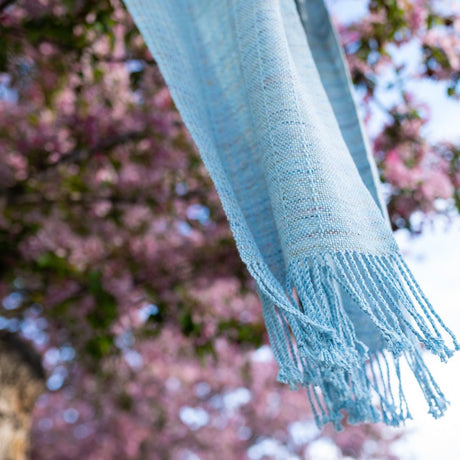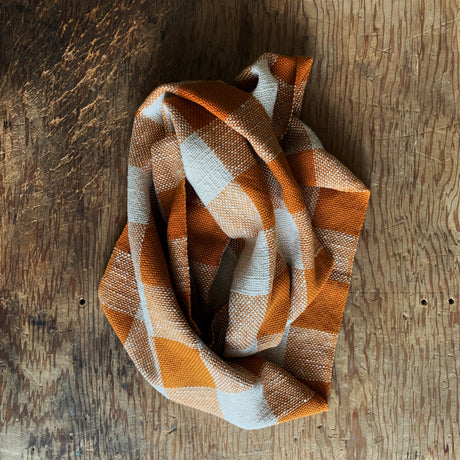
Trying Rep Weave with our Table Runner Kit
You may not have heard the term “rep weave”, but you have almost certainly seen a piece of rep weave in person at some point in your life. Rep weave...
Alison Hurlburt |

You may not have heard the term “rep weave”, but you have almost certainly seen a piece of rep weave in person at some point in your life. Rep weave...
Alison Hurlburt |

With a pop of vintage green, a floral motif, and a wonderfully nubbly texture, this hand towel feels like a treasure you discovered in the bathroom of a perfectly quaint...
Alison Hurlburt |

One of the Gather team’s favourite activities is something we call ‘Show and Tell’. One of us will bring in a piece of recent weaving to pass around, both to...
Alison Hurlburt |

Introducing our newest kit for rigid heddle loom weavers: the Ripples Rigid Heddle Scarf. Wrapping yourself up in a cozy scarf on a chilly day is such a simple but...
Alison Hurlburt |

Introducing our latest rigid heddle pattern and kit: the Fall Checks Infinity Scarf! This scarf is perfect for days when the leaves are falling and the wind is starting to...
Alison Hurlburt |